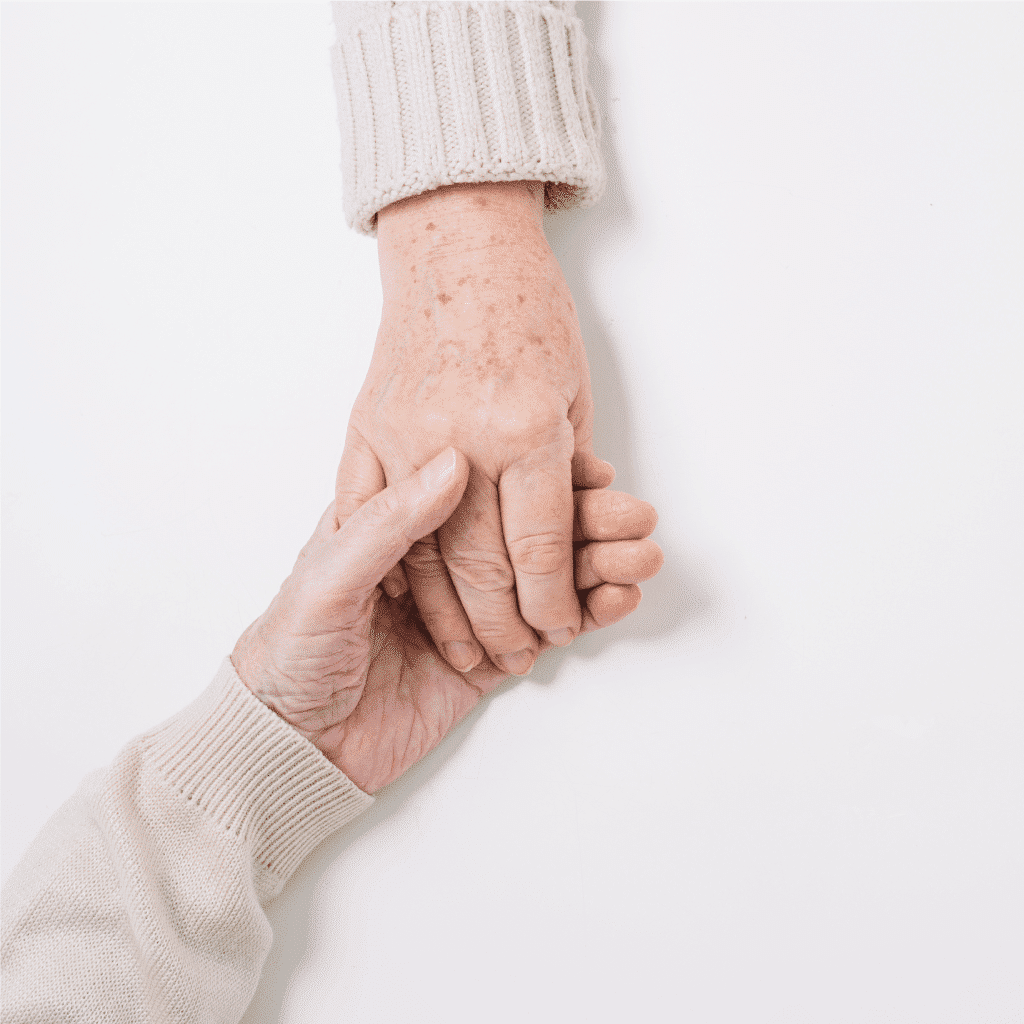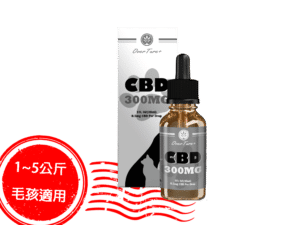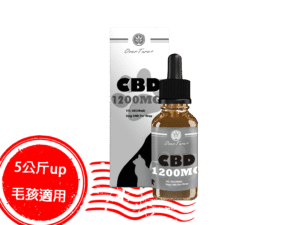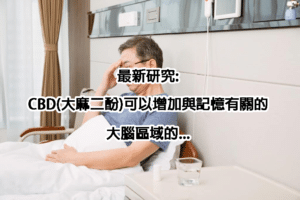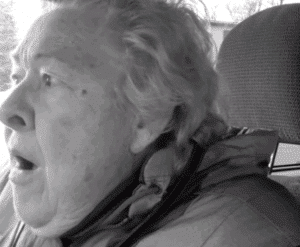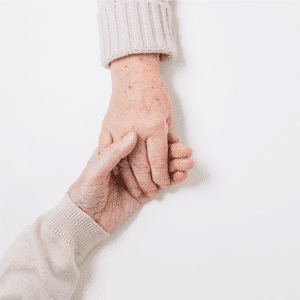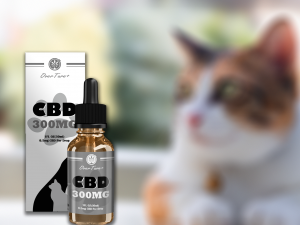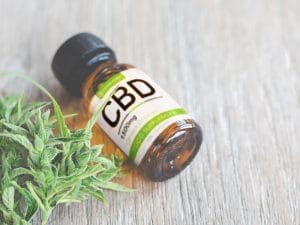最後更新日期 2020 年 11 月 1 日 by OverTure+ TW
在開始討論之前,我們先看一段國外實拍影片吧
最後更新日期 2020 年 11 月 1 日 by OverTure+ TW
https://youtu.be/zNT8Zo_sfwo在這個例子中,使用者的關節疼痛,以及肢體不協調在使用後的幾分鐘之內,獲得快速且有效的紓緩及改善。
什麼是帕金森氏症?GPR6?
Tel Aviv University有一項研究發現,在患者使用CBD三十分鐘後,肌肉僵硬、不自主顫抖、運動遲緩、疼痛、失眠的效果有顯著的改善。
Alyssa S. Laun在2017 年蒙特利爾國際大麻素研究協會會議上發表的一篇報告,CBD激活了一種名為“ GPR6 ” 的蛋白受體,該受體為大腦基體神精節區的最高受體。GPR6被認為是“孤兒受體”,因為研究人員尚未發現與該受體結合的主要內源性化合物。報告內明確指出,GPR6的消耗導致腦中多巴胺的增加。這一發現表示出,GPR6可能在帕金森氏症的治療中發揮作用。
帕金森氏症是一種慢性神經退化疾病,其導致多巴胺能神經元的功能性喪失,並因此導致大腦對運動控制神經的損害。通過充當GPR6受體的“反向激動劑 ” ,CBD在臨床前研究中提高了整體多巴胺水平。
帕金森氏症影響了全世界約1000萬人。它是排名第二最常見的神經系統疾病(僅次於阿爾茨海默病)。超過96%的診斷為帕金森氏症的人年齡超過50歲,男性患帕金森氏症的可能性比女性高出了1.5倍。帕金森氏症顯著的降低了患者的生活質量,並且使其生活無法自理,起因皆為患者本身無法控制的身體。
在失去60-80%產生多巴胺的神經元後,運動功能受損是最顯著的影響。隨著多巴胺能神經元受損或死亡,同時影響大腦無法產生足夠量的多巴胺,患者可能會經歷這些帕金森氏症典型症狀中的任何一種(或者同時多種):手或者手臂,腿或下顎的震顫; 四肢和軀幹的肌肉僵硬; 運動緩慢(動作遲緩); 和/或平衡和協調受損(姿勢不穩定)。其他症狀包括面部表情減少,癡呆或混亂,疲勞,睡眠障礙,抑鬱,便秘,認知改變,恐懼,焦慮和泌尿問題。
通過作為GPR6受體的反向激動劑,CBD在臨床前研究中提高了多巴胺水平。
這些研究充分的提供了CBD如何幫助帕金森患者的見解。大麻二酚,四氫大麻酚都有具體的研究證明可用於治療帕金森氏症。
使用純CBD萃取合成製劑的帕金森氏症患者的軼事記錄表明,大麻素酸可以減少帕金森氏症震顫和其他運動遲緩症狀。迄今為止的證據表明CBD具有強大的治療作用,包括抗炎,抗噁心,抗癌和抗癲癇發作。
在2004年捷克共和國布拉格運動障礙中心患者使用CBD的調查中,45%的受訪者表示帕金森氏症運動遲緩症狀有所改善。
相關佐證資訊
臨床醫生發現,患有帕金森氏症的患者的在劑量方案不符合一刀切的方法。在她的著作Cannabis Revealed(2016)中,Bonni Goldstein博士討論了帕金森氏症患者對大麻和大麻治療的反應如何變化:
“A number of my patients with PD have reported the benefits of using different methods of delivery and different cannabinoid profiles. Some patients have found relief of tremors with inhaled THC and other have not. A few patients have found relief with high doses of CBD-rich cannabis taken sublingually. Some patients are using a combination of CBD and THC … Trial and error is needed to find what cannabinoid profile and method will work best. Starting a low-dose and titrating up is recommended, particularly with THC-rich cannabis. Unfortunately, THCV-rich varieties are not readily available.”
運動障礙領域的領導者和帕金森研究基金會的醫學主任Juan Sanchez-Ramos醫學博士告訴Project CBD,他鼓勵他的患者從高濃度CBD比例的產品開始使用。
在“Cannabinoids for the Treatment of Movement Disorders”一書中,他和共同作者Briony Catlow博士描述了用於各種研究的劑量方案,該方案提供了統計學上的陽性結果和帕金森氏症的劑量基礎線。
這些數據包含在Ethan Russo博士編寫的各種研究的給藥方案摘要中:
-
- 300毫克/天的CBD顯著改善了生活質量,但對統一帕金森病評定量表沒有積極影響。(Lotan I,2014)
- 在四週內滴定量(150mg)的CBD油導致精神病症狀減輕。(Chagas MH,2014)
- 75-300毫克口服的CBD改善REM -behavior睡眠障礙。(Zuardi AW,2009)
使用劑量問題?
當然,每個患者都是不同的,CBD為針對不同症狀之輕重。
Russo博士提到一般情況下。他建議, 對於大多數患者而言,而50毫克是一種起始劑量,通常可以在單次給藥時立即產生反應。
100毫克是一個顯著的劑量,對於神經系統較為敏感的人來說可能太高了。
總之,建議以非常低的劑量視其效果和狀況開始並緩慢向上測定。
熱門商品
更多相關資訊
熱門商品分類
參考資訊
- Abrams, D. (2010, Winter). Cannabis in Pain and Palliative Care. The Pain Practitioner, pp. 35-45.
- AC Howlett, F. B. (2002). International Union of Pharmacology. XXVII. Classification of cannabionid receptros. Pharmacological Reviews, 161-202.
- Aidan J. Hampson, J. A. (2003). USA Patent No. 6,630,507.
- Barbara A. Pickut, W. V. (2013). Mindfulness based intervention in Parkinson’s disease leads to structural brain changes on MRI A randomized longitudinal study. Clinical Neurology and Neurosurgery, 2419-2425.
- Birony Catlow, J. S.-R. (2015). Cannabinoids for the Treatment of Movement Disorders. Current Treatment Options in Neurology.
- C Garcia, C. P.-G.-A.-R. (2011). Symptom-relieving and neuroprotective effects of the phytocannabinoid Δ9-THCV in animal models of Parkinson’s disease. British Journal of Pharmacology, 1495-1506.
- Chagas MH, Z. A.-P. (2014). Effects of cannabidiol in the treatment of patients with Parkinson’s disease: an exploratory double-blind trial. Journal of Phsychopharmacology, 1088-98.
- David N. Hauser, T. G. (2013). Mitochondrial dysfunction and oxidative stress in Parkinson’s disease and monogenic parkinsonism. Neurobiology of Disease, 35-42.
- David Perlmutter, M. (2015). Belly and Brain on Fire. In M. David Perlmutter, Brain Maker (pp. 49-70). New York: Little, Brown and Company.
- Foundation, N. P. (2017, June 19). What is Parkinson’s. Retrieved from National Parkinson’s Foundation: http://www.parkinson.org/understanding-parkinsons/what-is-parkinsons
- Foundation, P. D. (2017, 6 21). Parkinson’s Statistics. Retrieved from Parkinson’s Disease Foundation : https://parkinson.org/Understanding-Parkinsons/Statistics
- Goldstein, B. (2016). Parkinson’s Diseas. In B. Goldstein, Cannabis Revealed (pp. 206-208). Bonni Goldstein.
- L. Klingelhoefer, H. R. (2017). Hypothesis of Ascension in Idiopathic Parkinson’s Disease. Neurology Intereatnional, E28-35.
- Leonard L. Sokol, M. J. (2016). Letter to the Editor: Cautionary optimism: caffeine and Parkinson’s disease risk. Journal of Clinical Movement Disorders, pp. 3-7.
- Lisa Klingelhoefer, H. R. (2015). Pahtogenesis of Parkinson disease—the gut-brain axis and environmental factors. Nature, 625-636.
- Lotan I, T. T. (2014). Cannabis (medical marijuana) treatment for motor and non-motor symptoms of Parkinson disease:. Clin Neuropharmacol, 37(2)-41-4.
- Madeleine E. Hackney1 and Gammon M. Earhart1, 2. (2008). Tai Chi Improves Balance and Mobility in People with Parkinson Disease. Gait and Posture, 456-460.
- National Institute of Health. (2017). NIH Human Microbiome Project HOME Page. Retrieved from NIH Human Microbiome Project: http://hmpdacc.org
- Pal Pacher, S. B. (2006). The Endocannabinoid System as an Emerging Target. Pharmacological Reviews, 389-462.
- Parker, R. M. (2013). The Endocannabinoid System and the Brain. The annual Review of Psychology, 21-47.
- Paula Perez-Pardo, T. K. (2017). The gut-brain axis in Parkinson’s disease: Possibilities for food -based therapies. European Journal of Pharmacology, http://www.sciencedirect.com/science/article/pii/S0014299917303734.
- Perlmutter, D. (2015). Brain Maker. New York: Little, Brown and Company.
- Russo, E. (2011). Taming THC: potential cannabis synergy and phytocannabinoid-terpenoid entourage effects. British Journal of Pharmacology, 1344-64.
- Russo, E. B. (2015). Current status and future of cannabis research. Clinical Researcher, 58-63.
- Russo, E. B. (2015, January). Introduction to the Endocannabinoid system. Retrieved from Phytecs.com: http://www.phytecs.com/wp-content/uploads/2015/02/Russo-Introduction-to-…
- Russo, E. B. (2016). The Medical Use of Cannabis and Cannabinoids in Parkinson’s Disease. Retrieved from The Answer Page: https://www.theanswerpage.com/
- Schecter, G. L. (2010). The Endocannabniond system. In J. Holland, The Pot Book (pp. 52-62). Rochester, Vermont: Park Street Press.
- Venderová K, R. E. (2004). Survey on cannabis use in Parkinson’s disease: subjective improvement of motor symptoms. Movement Disorder, 1102-6.
- Yevonne Searls Carlgrove, N. S. (2012). Effect of Yoga on Motor Function in People with parkinosn’s Disease: A Randomized Controled Piolot Study. Yoga and Physical Therapy.
- Yudowski, D. A. (2017). Cannabinoid Receptors in the Central Nervous System: Their Signaling and Roles in Disease. Frontiers in Cellular Nueroscience, article 294.
- Zuardi AW, C. J. (2009). Cannabidiol for the treatment of psychosis in Parkinson’s disease. Journal of Phsychopharmacology, 979-83.
(1) An inverse agonist binds directly to a receptor and modifies it in a way that causes the receptor to have the opposite effects of activating it normally.
(2) MPTP was found in an underground meperidine (Demerol) synthesis that caused a small epidemic of Parkinson syndrome in i.v. drug abusers in the San Francisco area in the mid-1980s.
The presence of Lewy bodies (a-synuclein protein clusters) in other parts of the body could potentially serve as an early detection marker for PD, especially in the olfactory bulb and the enteric nervous system.
(4) Peres-Prado et al analyzed gut microbiota in PD patients compared to controls and found the following:
- Prevotellaceae, a bacterium which supports the production of health-promoting short chain fatty acids (SCFA), biosynthesis of thiamine and folate, and is thought to be associated with increased gut permeability, was 78% lower in the feces of PD patients versus that of their sex-matched and age-matched controls.
- Biopsies of colonic tissue retrieved from PD patients indicate high levels of tumor necrosis factor-alpha and other inflammatory agents.
- A lower abundance of SCFA-producing and anti-inflammatory bacteria from the class of Blautia, Coprococcus, and Roseburia were found in fecal samples of PD patients. (Paula Perez-Pardo, 2017)
- Gastric abnormalities may increase small intestinal bacterial overgrowth (SIBO). SIBO is prevalent in PD patients and correlates directly to worse motor dysfunction.
- Gut-derived lipopolysaccharide (LPS – an inflammatory toxin produce by bacteria) promotes the disruption of the blood-brain barrier.
- Impaired gherlin, a gut hormone known as the hunger hormone, is thought to be associated with maintenance and protection of dopamine function in the nigrostriatal pathway which is one of four major dopamine pathways and is particularly involved in movement. Impaired gherlin has been reported in PD patients.

